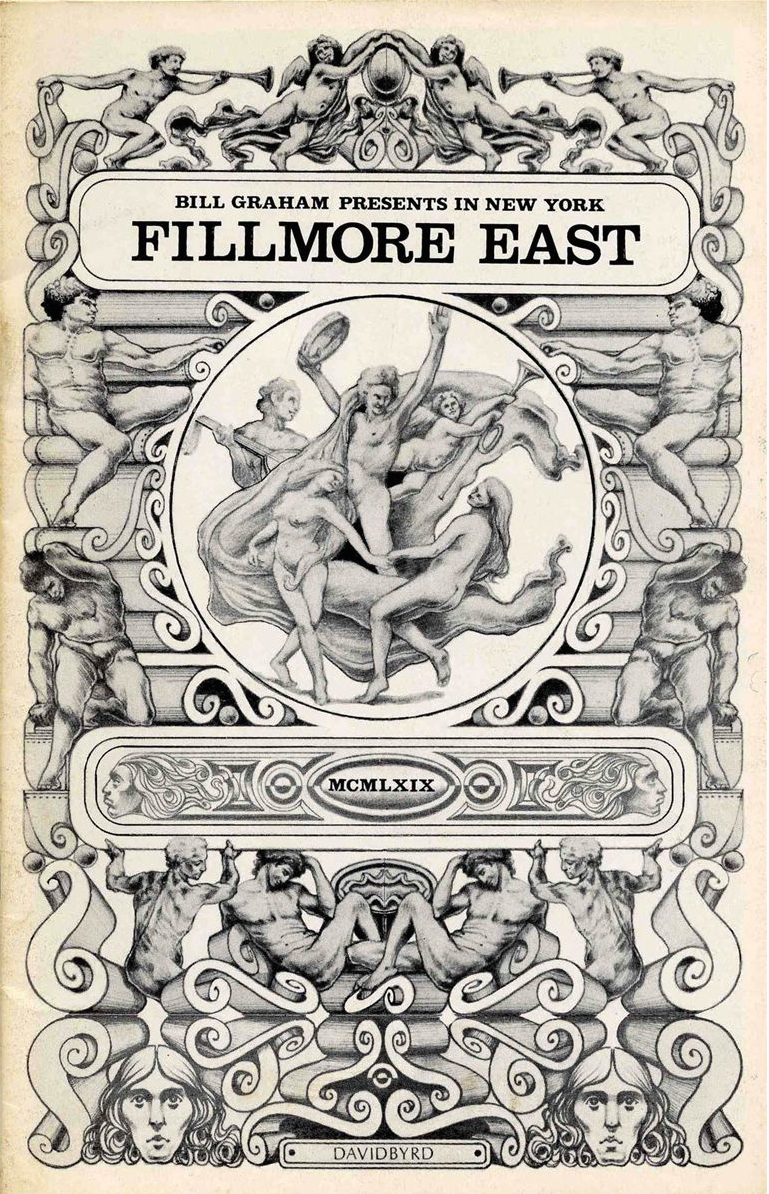 In 1966, the dedicated rock concert hall more or less came into being when promoter Bill Graham started regularly staging mutli-act live music shows at the Fillmore Auditorium in San Francisco, named for its neighborhood and the cross street where it was situated (both of them named for the eminently forgettable U.S. President Millard Fillmore). The notion took hold so firmly with an underground rock music scene rapidly burgeoning into the mainstream that in 1968 Graham decided to take his Fillmore brand bicoastal by opening a similar venue in New York City.
In 1966, the dedicated rock concert hall more or less came into being when promoter Bill Graham started regularly staging mutli-act live music shows at the Fillmore Auditorium in San Francisco, named for its neighborhood and the cross street where it was situated (both of them named for the eminently forgettable U.S. President Millard Fillmore). The notion took hold so firmly with an underground rock music scene rapidly burgeoning into the mainstream that in 1968 Graham decided to take his Fillmore brand bicoastal by opening a similar venue in New York City.
The nearly 2,700-seat hall in the East Village that he turned into the Fillmore East already had a considerable history. It was built in the mid-1920s as a Yiddish theater called the Commodore when its stretch of Second Avenue was the theatrical district for the city’s Jewish community. It later became a movie theater in the Loew’s chain. Prior to being taken over by Graham, it was known as the Village Theater and had hosted rock shows like the first full-length concert in New York City (read a recollection of that event by Who fanatic Binky Philips here).
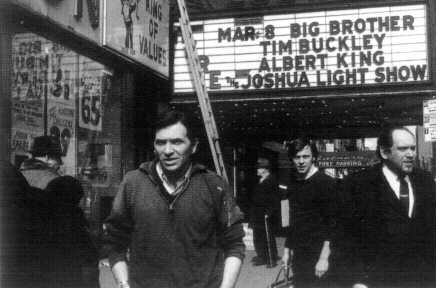
Bill Graham (in foreground) in front of the Fillmore East’s opening night marquee (Photo: Linda Eastman)
The bill for the opening night was indicative of the genre-mixing shows that Graham booked into his concert halls. The headliner was the San Francisco band Big Brother and the Holding Company who with their brash bluesy lead singer Janis Joplin had made a splash at the Monterey Pop Festival and won a deal with Columbia Records the previous summer. Also playing that night was singer-songwriter Tim Buckley, these days probably best known as the father of fellow singer-songwriter Jeff Buckley. First up that evening was Chicago bluesman Albert King.
In the weeks and months to soon follow such legendary 1960s acts as The Doors, The Who, Traffic, Blue Cheer, Jefferson Airplane, Mothers of Invention and in May on the same bill the Jimi Hendrix Experience and Sly and the Family Stone performed there. Artists like the Allman Brothers Band, Derek and the Dominos, Humble Pie, the Grateful Dead and a host of others would record live albums at the Fillmore East.
Related: 10 great ‘Live at the Fillmore’ albums
It closed on June 27, 1971 with a bill that featured the Allmans, the J. Geils Band, Albert King and special surprise guests Edgar Winter’s White Trash, Mountain, the Beach Boys and Country Joe McDonald. Today what was the concert hall is an apartment building, and the Second Avenue lobby is a bank.
Many of the classic albums recorded there are available here.
Related: 10 (more) great ‘Live at the Fillmore’ albums
- Radio Hits of January 1965: British Invasion - 01/03/2025
- Butch Cassidy, ‘Raindrops,’ and the Bicycle Scene - 01/03/2025
- Wayne Osmond of Family Singing Group, the Osmonds, Dies - 01/02/2025

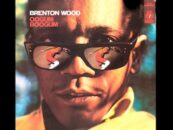
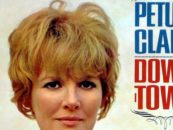
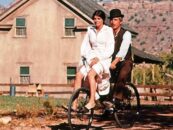
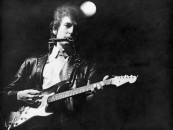

5 Comments so far
Jump into a conversationI lived around the corner on 5th Street near 3.rd Ave. I saw the Magic Tramps there, it was a rock theater full of wanta-be rocks stars..like me.
So much happened there in rock history — it sure seemed like it was around for longer than that.
Nothing like the Fillmore. Highlight the Who doing entire “Tommy” then back on stage encore with the other Live at Leeds anthems.
My first concert ever was The Beatles at Shea Stadium, I was 14 and me and my friends snuck into the park. We all lived in Flushing but when I turned 17 I went to the Fillmore East to see Steppenwolf and the Charlie Rich band. That was the first of many concerts I would attend there. The FE became my weekend hangout and I got to see every rock band that became famous when they were just starting out from the Fugs, Tull, Santana, Zappa, Winter, Cream, Hendrix (2 dozen times), Fleetwood Mac,Ten Years After, Jefferson Airplane, the Rascals, Mountain, Sly Stone, Doobies, etc. They all got their start there. Those were the best years of my musical life.
Tickets were $2.50, $3.50 and $4.50!